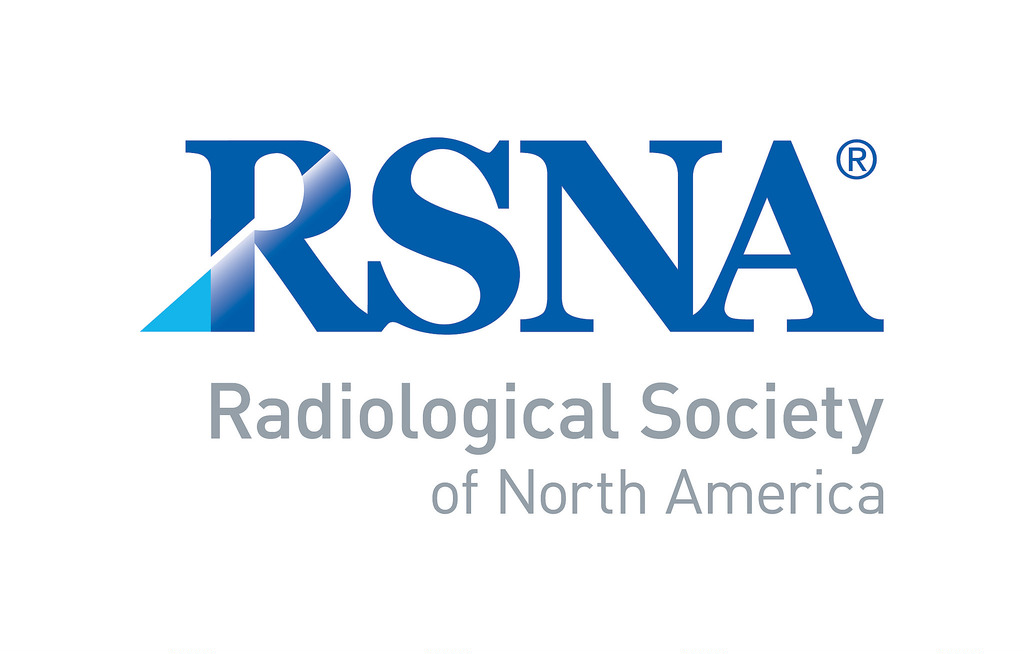By John Garrett
If you have been to RSNA, you know that it is huge. You know that there are more things to see and consider than you can possibly explore in the time you are there. You also know that it is in Chicago in November (read as unpredictable weather) and you have to travel during one of the busiest travel weeks of the year. This year, due to weather, a lot of flights were cancelled coming into Chicago during the event.
For those of us in the business of repairing medical imaging equipment, this event is not geared for us. Know that if you decide to go that it is geared toward doctors and people who will drive sales of equipment. That is not to say that it is not a valuable experience. Just know that many of the questions you have may not be readily answered, although most vendors will be glad to follow up with you after the event or even get back to you during the conference.
So, why attend? If you are in this industry as your career, and not just a job, you are probably interested and possibly even excited about new technology. There are always new evolutions and items not yet cleared by the FDA on display. There is always new technology that will lead the new trends in the industry, even if they are not yet ready for prime time. Also, you can enjoy the look of panic on the face of an application specialist, or better yet the sales force, when you ask a practical question about use or service that they cannot answer. You need to take a moment to enjoy the deer in the headlights look of panic.
This year, the term “artificial intelligence” was used like ketchup on French fries. Each of the major manufacturers of diagnostic medical equipment was sure to drop that term in the first three sentences when you stopped into a booth. The term was used so often it seemed to lose its meaning.
It was also interesting to see a few new players. Companies you have not heard of or have not heard the name in a specific modality. Obviously Canon owns Toshiba so the new version of the Toshiba product, now a Canon product was on display. But there were also a few companies that came out big that are virtually or completely unknown.
So the trip is worth it. Just understand that it is focused on purchasers and the doctors who drive those purchases.








